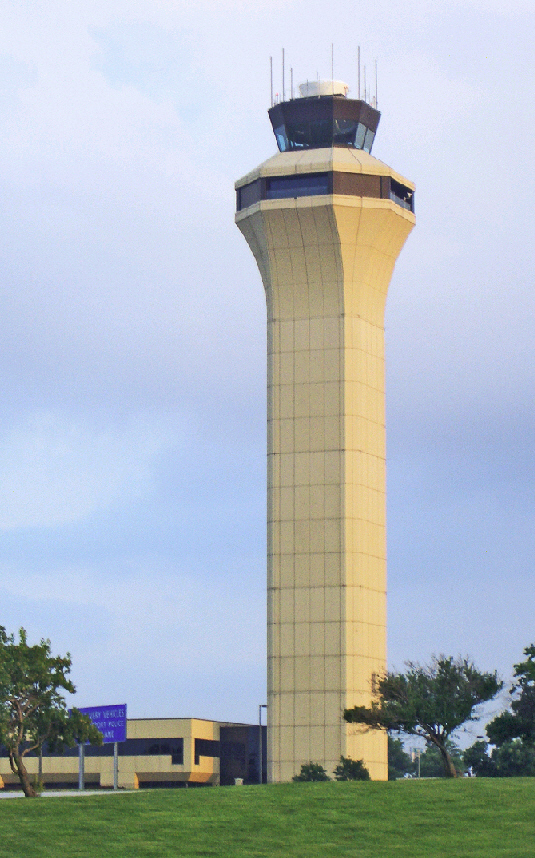Everyone sees the electric quad-copters, like DJI and such, and wishes they could ride on one. It seems so simple, just scale it up, and it can carry you, and a friend. Easy enough to fly, it will be fantastic, they go fast, no congestion in the sky, life is good. Lets do it!
Wow, there is a lotta money being spent on these vehicles, and not just from dreamers and hobbyists, but real live aerospace companies. Bell, Airbus and Boeing are all looking at the space, and at least throwing out drawings of stuff that might work. To be honest, you'd be silly to not be looking at this space, just in case.
What few people are saying, though, these little multi-copters that do vertical take-off and landing are not going to be main stream. If you can't afford to fly around in a helicopter today, you will not be able to fly in one of the passenger carrying multi-copters either. The cost will be similar when all is said and done, to flying in a modern helicopter.
Right now the batteries are the limiting factor. Even with a DJI or other "drone" type multi-copter it takes at least twice as long to charge the battery as the flight was. A 15 minute flight will take about 30-45 minutes to charge the battery for the next 15 minute flight. If you are Uber or some other air taxi service, this will kill the economic model right away. Every vehicle will spend over 2/3 of it's time charging between flights. Swapping battery packs may be an option, since the operator can have multiple packs charging at each station, but that will preclude landing in your neighborhood.
The multi-copters are noisy! People complain about jet noise around airports, so they don't live near any. Imagine you neighbor flying to work at 5:30AM everyday in one of these multi-copters. You will be up at 5:30AM yourself, and might as well go to work, you are up anyway. Having dozens of these flying over a venue you are at will certainly be annoying, plus think of the congestion that may occur for concerts and sporting events. Yup, it will be like the roads, with vehicles flying in to pick up passengers, blocking the vehicles with passengers trying to leave. With 3 or 4 pads near a arena will certainly be a limitation.
There is talk about putting pads on top of buildings, or at least high up. Winds are usually stronger higher up. Near the ground you might only have a 10kt wind, but up 20 stories (200ft) the winds may be 30-40kts. There will be turbulence for sure, but imagine the up and down drafts around buildings, and each landing and takeoff will be quite treacherous. Bad weather will be a whole other challenge, with heavy snow or ice storms, these vehicles won't be flying at all.
The multi-copters have multiple single points of failure. If a single motor fails on a quad-copter, the vehicle is coming down, the other three motors will not keep the craft flying. A hex or octa-copter will survive a single engine failure, but will probably not be able to complete the mission. Motors are electro-mechanical devices, they fail in different ways (bad bearings, broken wires, etc). Electronics fail, sensors fail, batteries fail. There is only so much redundancy that can be added to the vehicle to make it safe enough.
(Helicopters have many single points of failure as well, but there are usually ways to at least get the aircraft on the ground safely when any of them fail. An example is fuel exhaustion, when the motor(s) quit, the rotors can store energy. The pilot can pitch the craft down, such that the rotor is collecting energy from the movement through the air, that just before touching down, the aircraft can use that energy to slow the craft down and land soft enough-autorotation).
The propellers on the multi-copters are typically fixed pitch light weight affairs. Being fixed pitch means they are optimized for one realm of flight, typically for creating lift (forward motion, is more lift in the rear propellers, than the front ones). Should an engine fail, they have no mass to store energy, and will probably spin the wrong way in descent to be used for autorotation. Being light weight, they can be damaged easily by foreign objects, including birds, rocks, hail, trees, and people.
Commercial certification
Five years is very optimistic certification timelines people are pushing today for these urban air vehicles. If people where flying in these vehicles everyday, even experimentally, I could see maybe something could get pushed through in 5 years. As things are, maybe there is a Chinese company that is occasionally flying with people semi-regularly.The FAA, EASA and the other regulating bodies will not let one of these vehicles get certified until it has proven capable through rigorous testing. That includes off normal operations, high winds, poor weather, and broken systems. It will take years of testing to get one of these vehicles certified to carry paying passengers.
Plan B
As a pilot you are always taught to look ahead, and consider your options. If an engine fails, where will I go, if a bird crashed through the windshield what will I do. If another aircraft is near me how do I avoid it, etc. The multi-copter pilot or automation will need to consider all of these things as well.
The vertical takeoff/vertical landing craft will need a plan B for the vertical part. While the vehicle is between 20 and 75 feet off the ground, no parachute system will save the occupants. If the vehicle has a failure, and it is coming straight down, the people in the vehicle will get hurt. I think even 75ft is optimistic, and more likely 200 feet or more will be needed to operate a parachute to save the occupants from injury. Parachute fail occasionally, that is why skydivers carry 2, and a spare chute won't save a crashing vehicle below 200ft.
In horizontal flight, if a propeller is damaged or an engine is down on power, the vehicle will need to land soon. Is there a safe place to put down over an urban area? The planning needs to be done before the flight, or for sure before the event occurs. Weather changes sometimes quickly, can the vehicle handle the unforcast weather properly? The hybrid winged vehicles are better in some respects. They can usually glide in an engine failure situation, but is there a suitable place to land near where this happens?
We need to let the smart people look at this carefully, so that we don't hurt folks.


